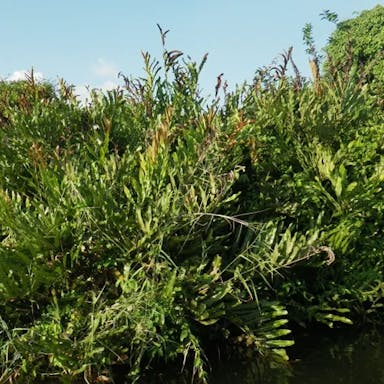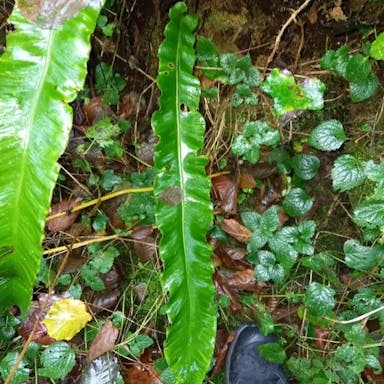Marginal fern has several varieties, including 'Cristata' with crested fronds, 'Pendula' with drooping fronds, and 'Purpurescens' with purple stems. When selecting seedlings, choose those with healthy green fronds and well-established root systems. For seeds, opt for fresh ones with no signs of mold or damage. Ensure seedlings are free from pests and diseases. 'Cristata' is ideal for adding texture, 'Pendula' for a cascading effect, and 'Purpurescens' for a pop of color. Each variety has unique characteristics, so select based on your desired aesthetic and growing conditions. Researching specific care requirements for each variety is crucial for successful cultivation.
0
0











